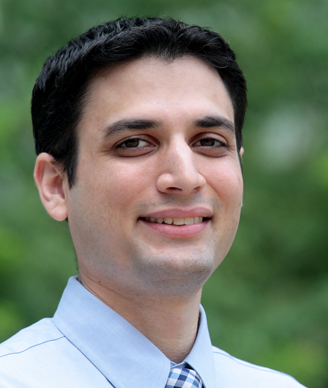Reflections on Caring for Patients With Cancer at the End of Life
Most metastatic cancer patients are still receiving aggressive methods of treatment near the end of life, and palliative/supportive measures are significantly underutilized.
Aaron Falchook, MD

At this year’s American Society of Clinical Oncology (ASCO) Annual Meeting, two abstracts were presented that used a large private insurance claims database to examine patterns of care at end of life for patients with incurable cancer. (Disclaimer: I am an author on both of these abstracts, and the following blog pertains directly to my current ongoing research.) These studies found that overall rates of any “aggressive” care in the final 30 days of life are high for patients younger than 65: more than 70% of patients received at least one aggressive measure (including chemotherapy, radiotherapy, hospital visit, or in-hospital death). Perhaps most striking was the finding that approximately one-third of patients with metastatic cancer died in the hospital. In addition to a high prevalence of aggressive care found in these studies, we found that supportive and palliative measures appear to be significantly underutilized at the end of life. Fewer than 20% of patients received hospice care in the final 90 days of life, and only 40% of patients received any supportive care (defined as home health nursing, hospice, or palliative care consultation).
The results of these studies may not be surprising, as they reflect some of the difficulties in providing cancer care to patients near the end of life. Of course, when caring for metastatic cancer patients it is not possible to know exactly when a patient will die. In some circumstances, providing aggressive care to a patient with metastatic cancer may prolong their life. In the present study, the aggressive measures provided within 30 days of death by definition are only representative of those measures that failed to provide significant prolongation of life. Further, the theoretical benefit in quantity of life must be evaluated in terms of potential costs, which can include treatment toxicity, financial hardship to patients, and possible reduction in quality of life.
In some cases, it may be difficult to know when a patient is within the final 30 days of life, and therefore should no longer receive aggressive care measures. However, it is often apparent when therapies are no longer effective, and one might expect high rates of provision of palliative care and supportive measures near the end of life. Even when using a more generous 90-day window (rather than the 30-day window used for aggressive measures), there was substantial underutilization of multiple supportive care measures, including hospice. What these studies cannot tell us is whether these practice patterns are patient-driven, physician-driven, or some combination of the two.
In my opinion, the takeaway message from these studies is that more work is needed to change the paradigm of end-of-life care for cancer patients. On one hand, advanced treatments such as radiosurgery and immunotherapy are providing treatment options, and hope, to patients where none existed in the past. On the other hand, it remains an unfortunate reality that the majority of metastatic cancer patients will ultimately die from their cancer. Because treatment of cancer is often couched in terms of “fighting a battle,” it may be that patients view cessation of aggressive care and initiation of palliative care as capitulating in a fight. This can lead to reluctance to discontinue therapies that are no longer effective, and it may be an underlying cause for low rates of hospice enrollment. A solution may be better communication between providers and patients. This would include frequent and honest discussions about prognosis of metastatic disease. It is also incumbent on providers to be sure that patients understand that most treatments for metastatic disease are not done with curative intent. Clear communication regarding goals of care will better help patients understand their options, and facilitate cessation of futile therapy and receipt of supportive care for these patients at the appropriate time. As oncologists, we should keep in mind that our goal is to provide care that prolongs patients’ lives, and not their deaths.